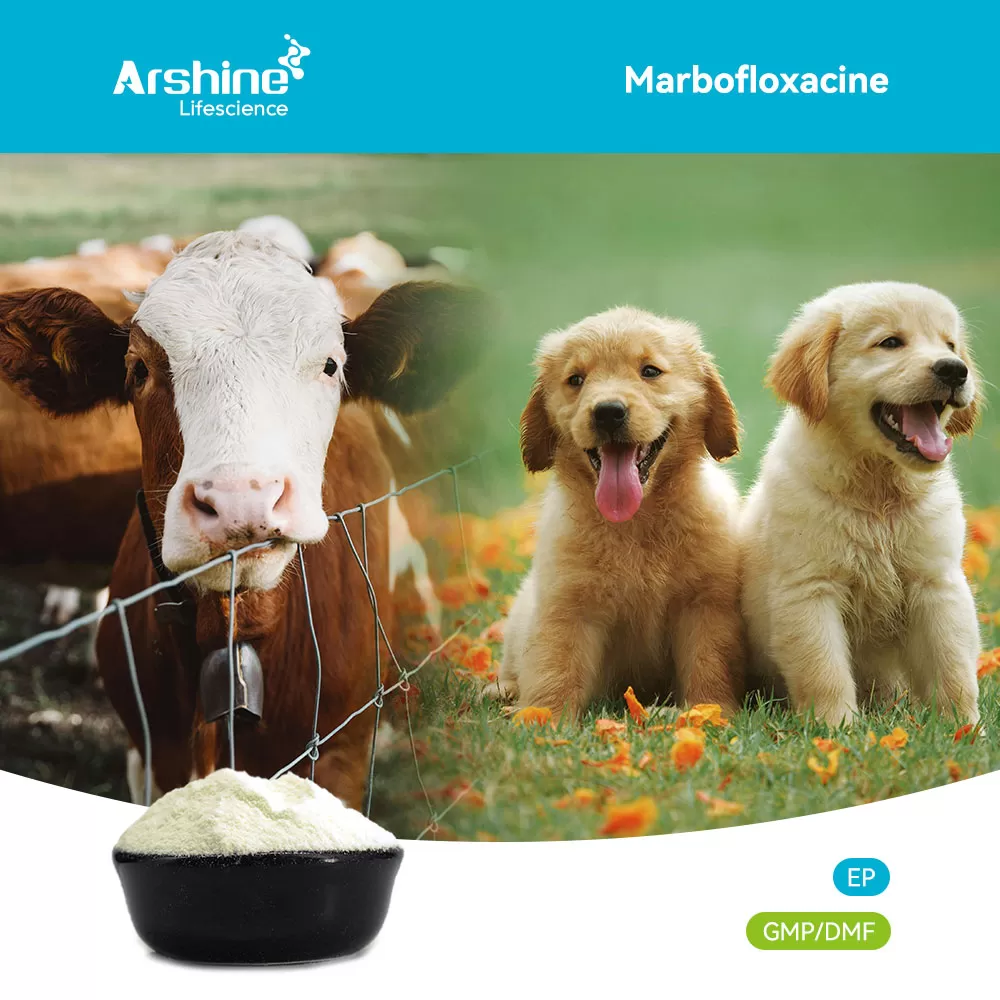

Marbofloxacin belongs to the class of fungicides, and its bactericidal activity is concentration dependent. Sensitive bacteria can die within 20-30 days after exposure. Like other fluoroquinolone drugs, Marbofloxacin showed significant post antibiotic effects on both Gram negative and positive bacteria, with activity during both the stationary and growth phases of bacterial replication. Its mechanism of action is not fully understood, but it is believed that it can function by inhibiting bacterial DNA cyclooxygenase (type II topoisomerase), preventing the formation of DNA super helices and DNA synthesis.
Marbofloxacin and other veterinary commercialized fluoroquinolone drugs have similar antibacterial activity profiles. These drugs have good activity against most Gram negative bacteria and cocci, including most species and strains of Pseudomonas aeruginosa, Klebsiella pneumoniae, Escherichia coli, Enterococcus, Campylobacter, Shigella, Salmonella, Aeromonas, Haemophilus, Proteus, Yersinia, Vibrio, etc. Other commonly sensitive bacteria include Brucella, Chlamydia trachomatis, Staphylococcus (including penicillinase producing and methicillin-resistant bacteria), Chlamydia, and Mycobacterium. Fluoroquinolone drugs have varying activity against most Streptococcus species and are generally not recommended for the treatment of this bacterial infection. These drugs have weak activity against most anaerobic bacteria and cannot effectively treat anaerobic bacterial infections. Due to mutations, drug-resistant strains have emerged, especially Pseudomonas, Klebsiella pneumoniae, Acinetobacter, and Enterococcus, but it is generally believed that plasmid mediated resistance rarely occurs
Add: Block 14, No.100, Luyun Road, Changsha 410205, Hunan, China.
Email: info@arshinevet.com
WeChat: +8618874001228
WhatsApp: +8615697311407
Tel:86-731-82294958